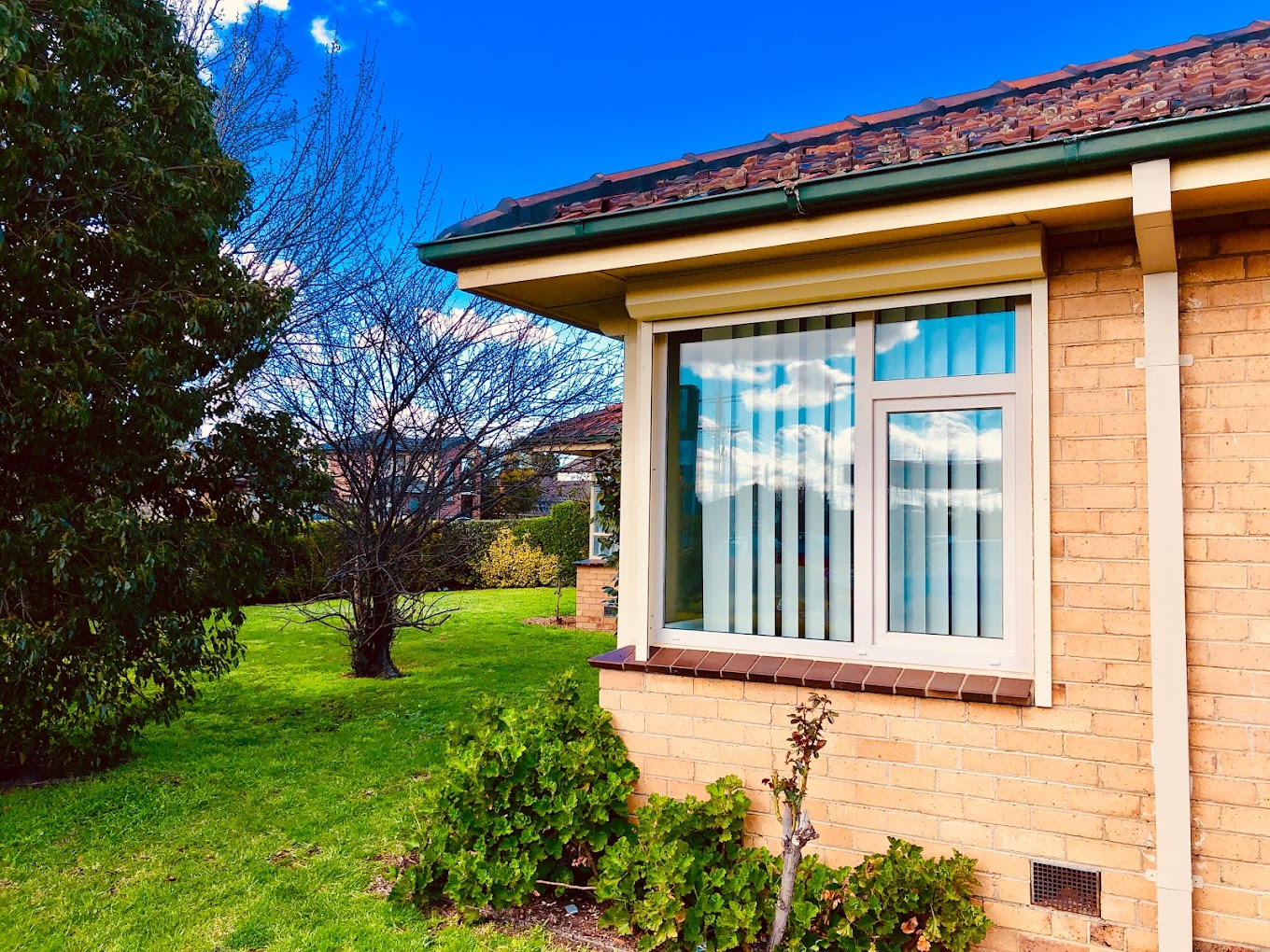All Categories
Featured
Table of Contents
Magnetite: Australian Retrofit Double Glazed Windows in Millendon Perth
Laminated glass is typically used in locations in the home most susceptible to injury from human impact such as restrooms, doors, around staircases and in locations near the flooring (it satisfies the requirements of 'shatterproof glass' that is mandated for usage in these locations by Australian Standard AS 1288 Glass in buildings).
Toughened glass has been 'tempered' by being reheated and rapidly cooled again. This process makes it much more powerful than standard glass it can resist greater impact loads prior to breaking. It also makes it much safer because, when it does shatter, it breaks into numerous little cubic pieces instead of harmful fragments.
Guide To Double Glazing – Functional And Energy Efficient in Winthrop Perth
Toughened glass has no thermal or acoustic benefits over other glass of the very same toning or density. Secondary glazing is where single-glazed windows are retrofitted with a transparent acrylic or glass sheet connected to the inside of the frame or openable sash with a secondary frame or with magnetic strips.


Secondary glazing will not perform too thermally as a produced IGU, given that it is difficult to completely seal the boundary, but it can offer excellent noise control. Window films are a thin polymer film consisting of an absorbing dye or reflective metal layer, with an adhesive support. They stick to your glazing to change its colour or make it reflective.
Carnegie 3163, Vic. Amazing Service By Aps Double Glazing in Mount Hawthorn Perth
Applied to existing glass, some window films can halve the overall SHGC of the window by absorbing and/or showing solar radiation. This can be especially advantageous in hotter environments where cooling is the primary concern, or on east and west elevations directly exposed to extended periods of sunlight. Window movies may also minimize visible light transmittance.

For this factor, it is generally best to utilize a recognized installer of window film. Frames have a significant effect on the thermal performance of windows and doors, because energy can be acquired and lost through the frame, as well as through the glass. Various kinds of frame will permit various levels of heat gain and loss, so mindful choice of frame is essential for reliable passive style.
Double Glazed Windows Melbourne in Noranda Perth
Aluminium is also a really excellent conductor of heat and will reduce the insulating worth of a glazing system, unless particularly crafted to decrease this. A 'thermally broken' frame is made up of 2 aluminium areas linked by a structural insulator (typically a low-conductivity structural polymer). This 'breaks' the thermal connection through the aluminium and lowers the heat streaming through the frame.
They can be expensive, but rates are reducing as they become more typical. Timber frames are a good natural insulator that can match some house designs. Lumber frames need to be made from types that have naturally high toughness or be dealt with to avoid decay and contortion. Inspect that the wood is sourced from a sustainably handled forest.
Canberra Window Replacement - Upvc Double Glazed ... in Churchlands Perth
(weather condition removing) is installed.
u, PVC doors and windows have excellent thermal performance Picture: Ben Wrigley (Light House Architecture and Science) Composite frames utilize aluminium profiles on the outer areas with either a wood or u, PVC inner area. These integrate the low upkeep and resilience of aluminium with much improved thermal efficiency.
Latest Posts
Secondary Glazing: A Buyers Guide in Bibra Lake WA
Double Glazing in Swan View WA
Double Glazed Windows In The Summer in Myaree Western Australia